The story of Maria Mitchell is a fabulous one for many reasons. It’s about a young woman who has always loved studying the night sky and the objects that occupy its space. In the mid-1850s she was living in Nantucket and she’s noticing something amiss in the darkened sky. It’s a blur, a cottonball blur of a thing that’s set against crystal clear objects that are perfectly in focus. Her Eyes on the Stars: Maria Mitchell, Astronomer is the story about her childhood fascination with the sky; and her young adult life when she sees what just might be the first comet discovered by an American.
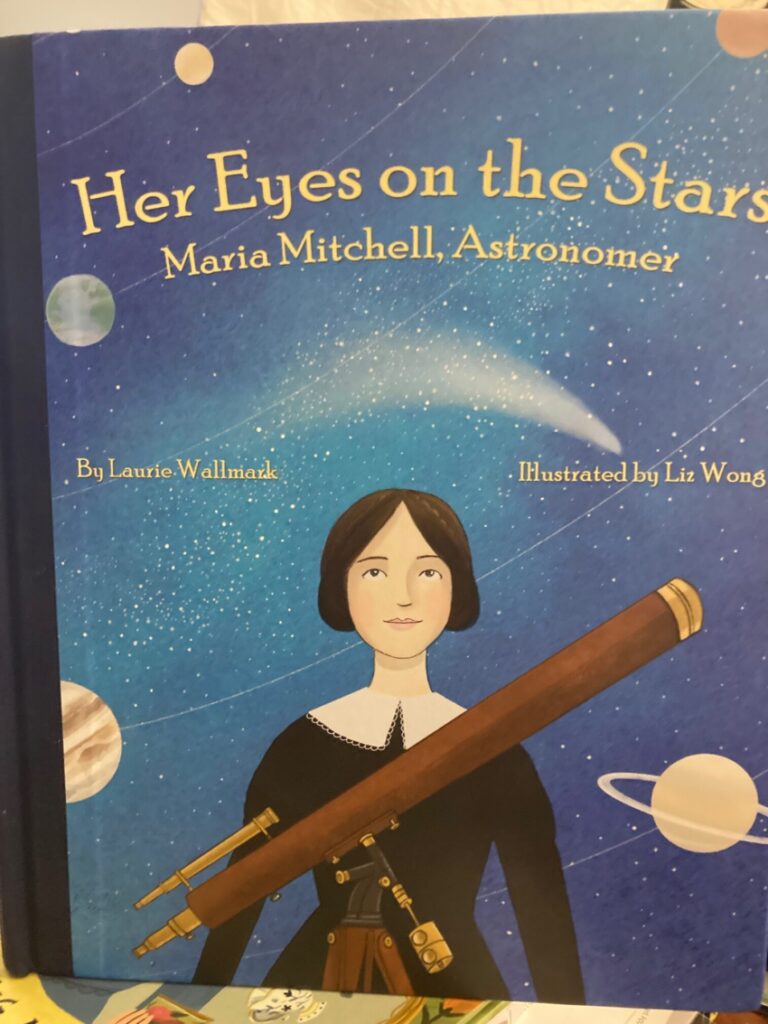


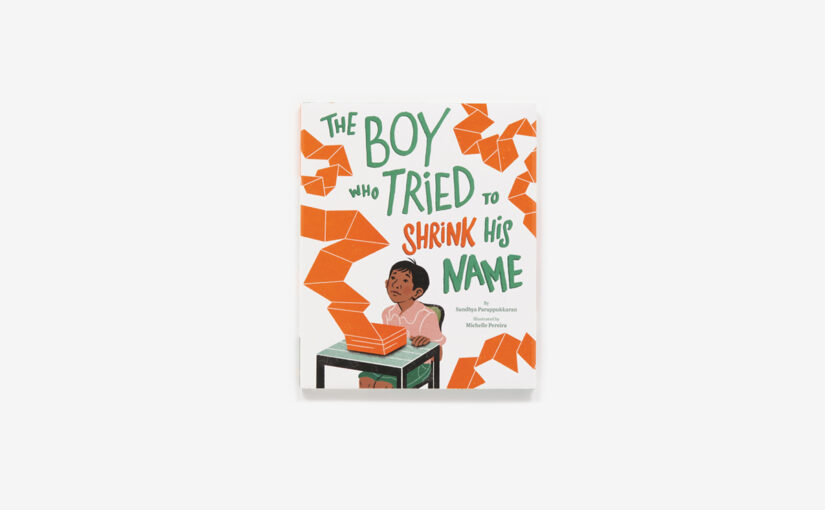
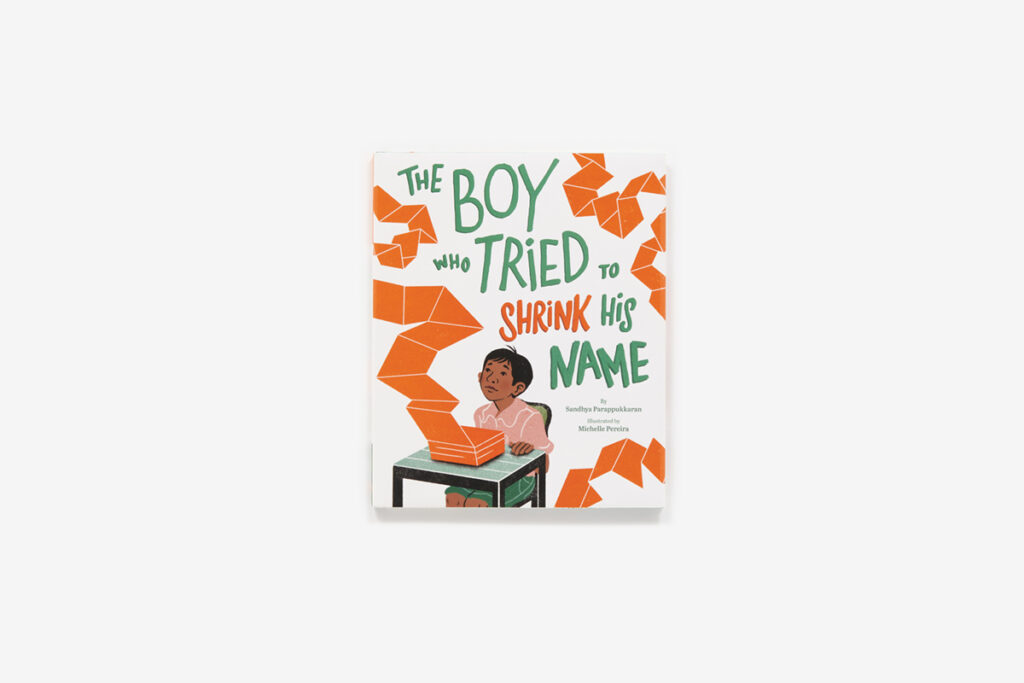
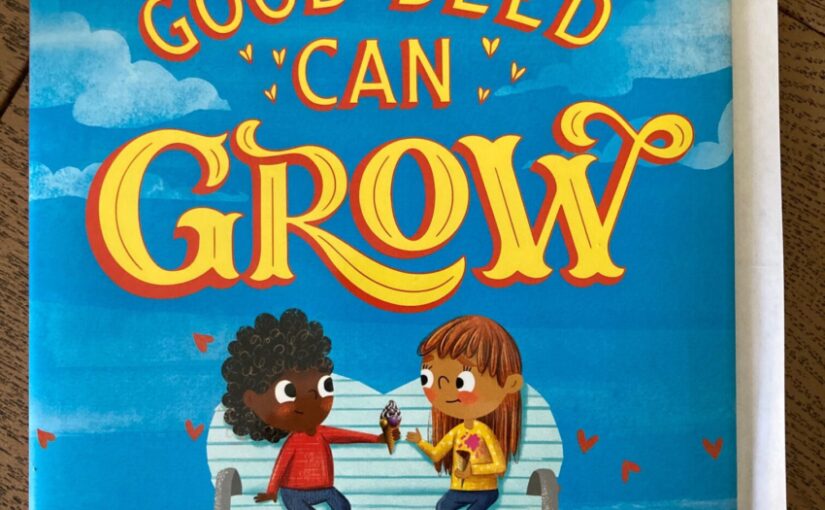
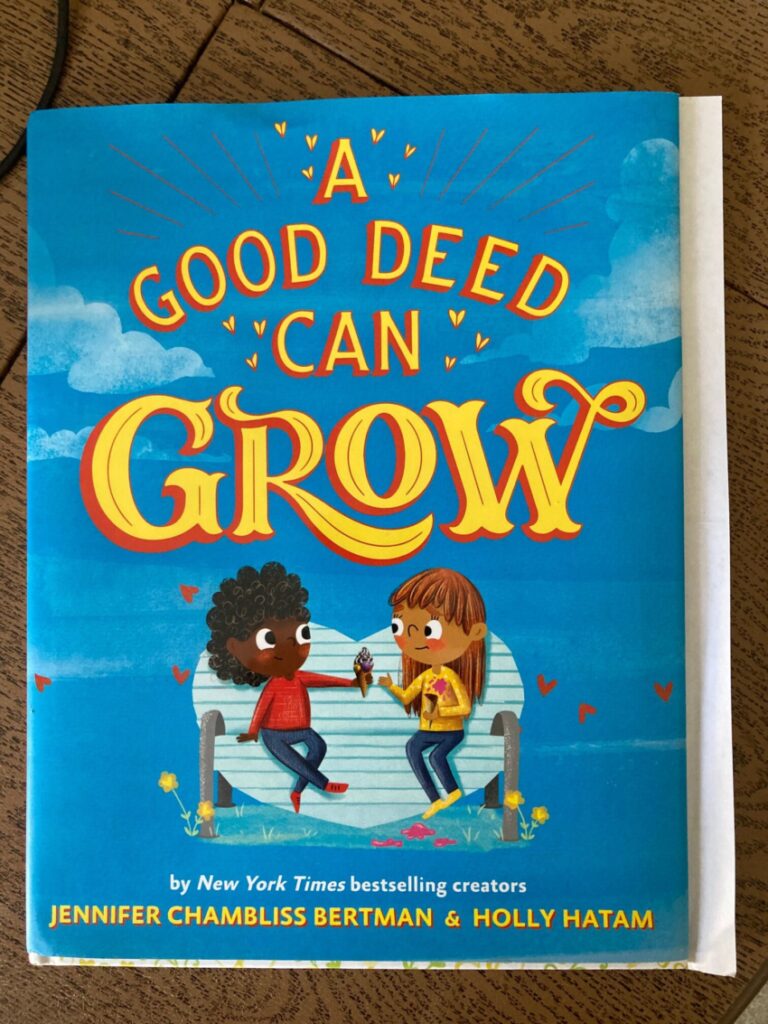
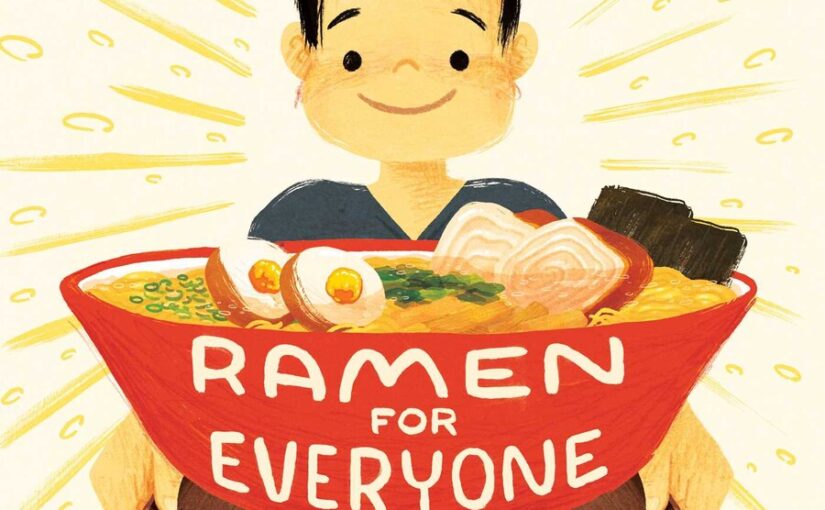
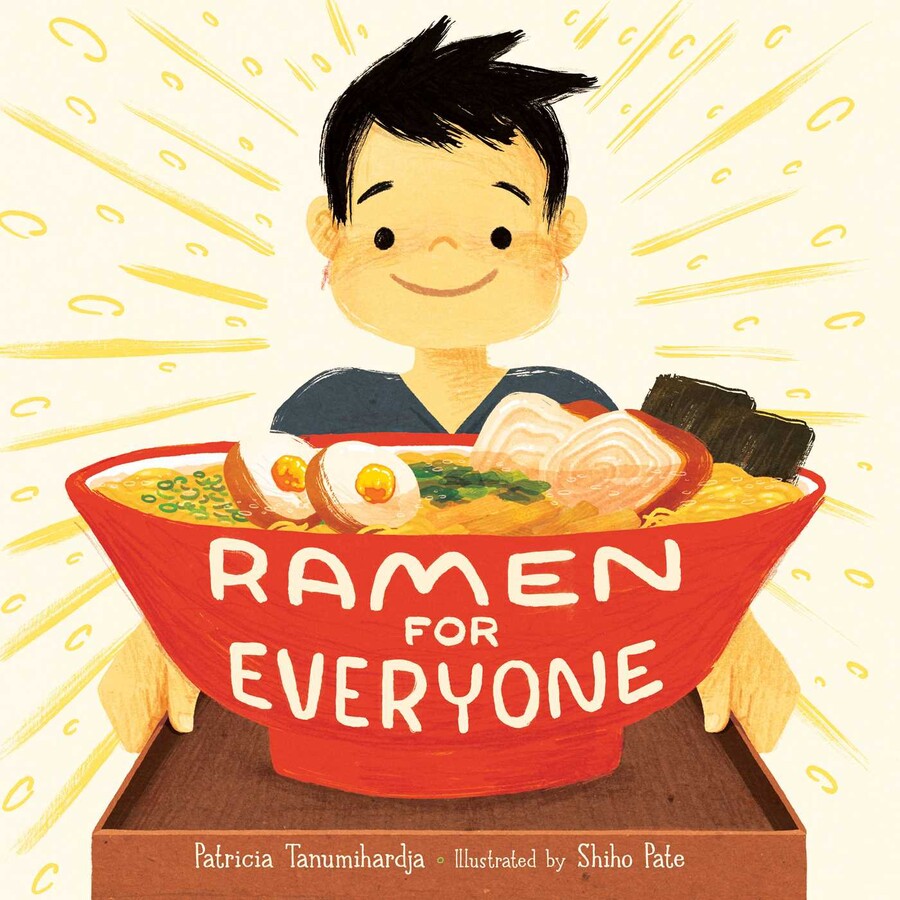

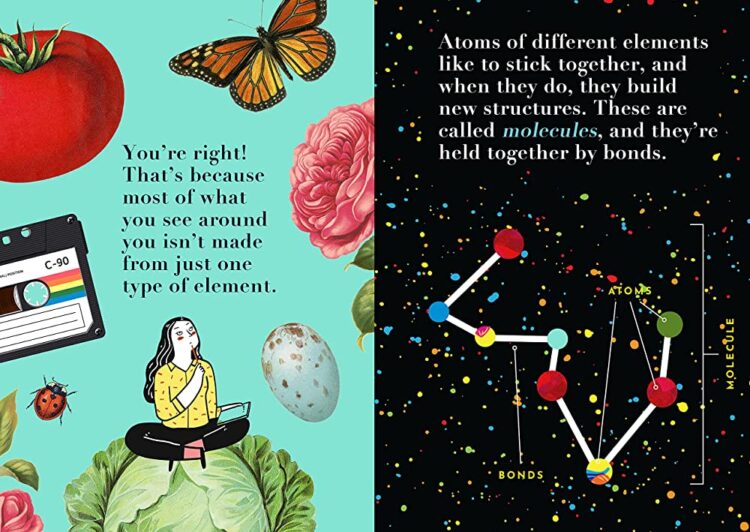
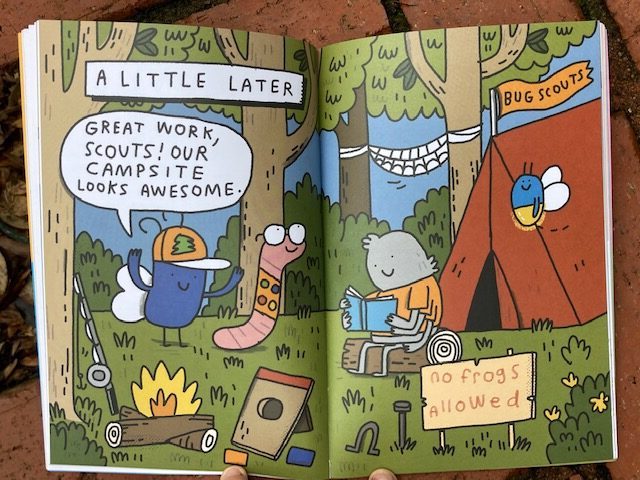
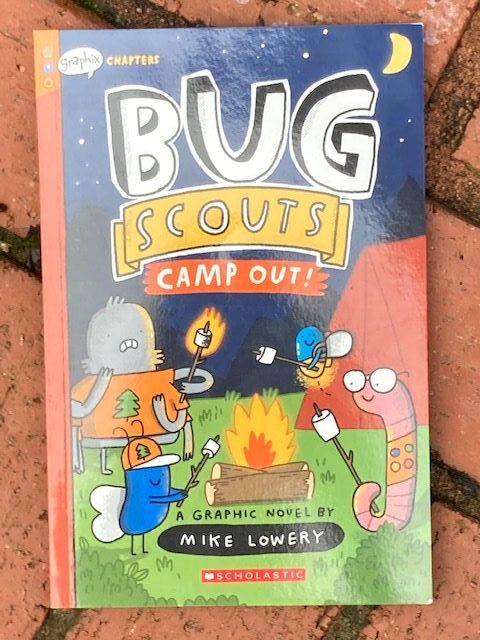
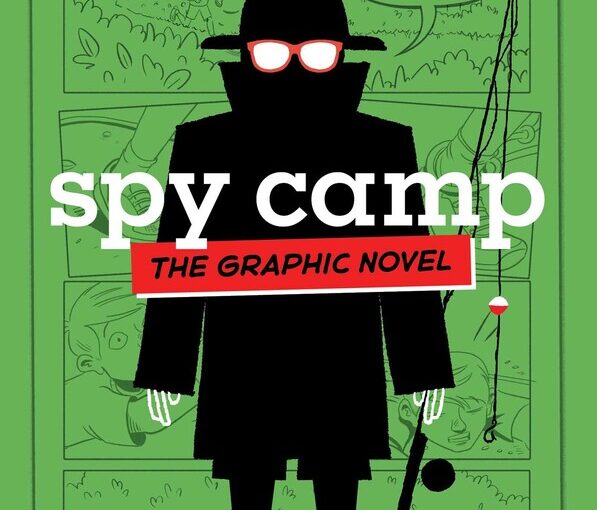
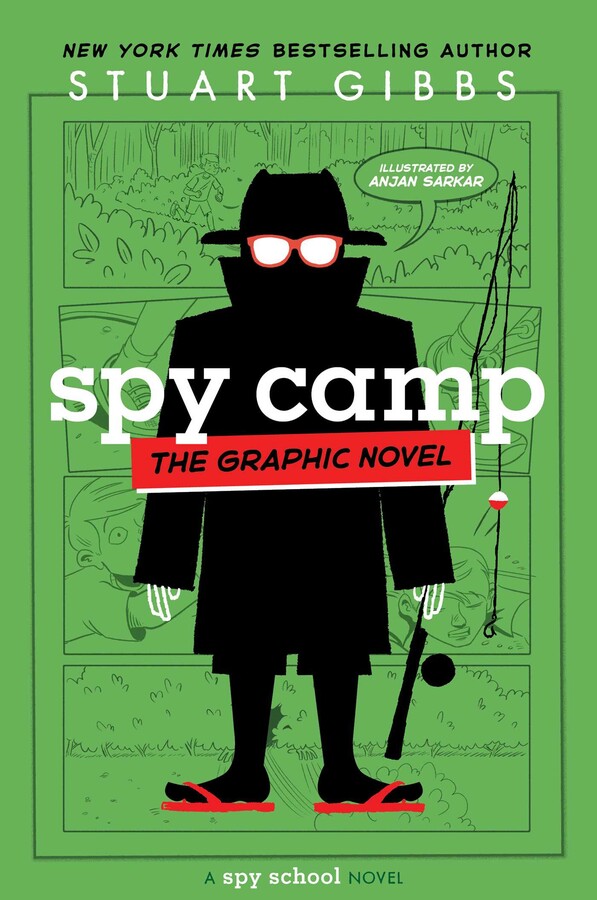
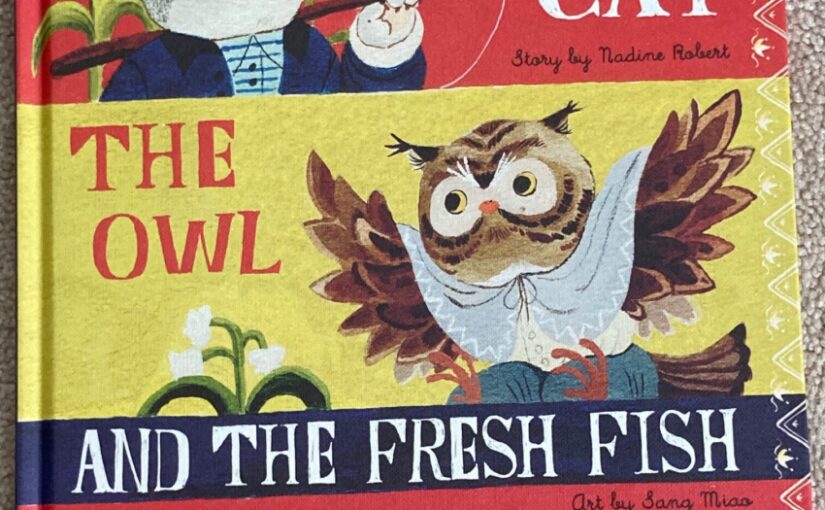
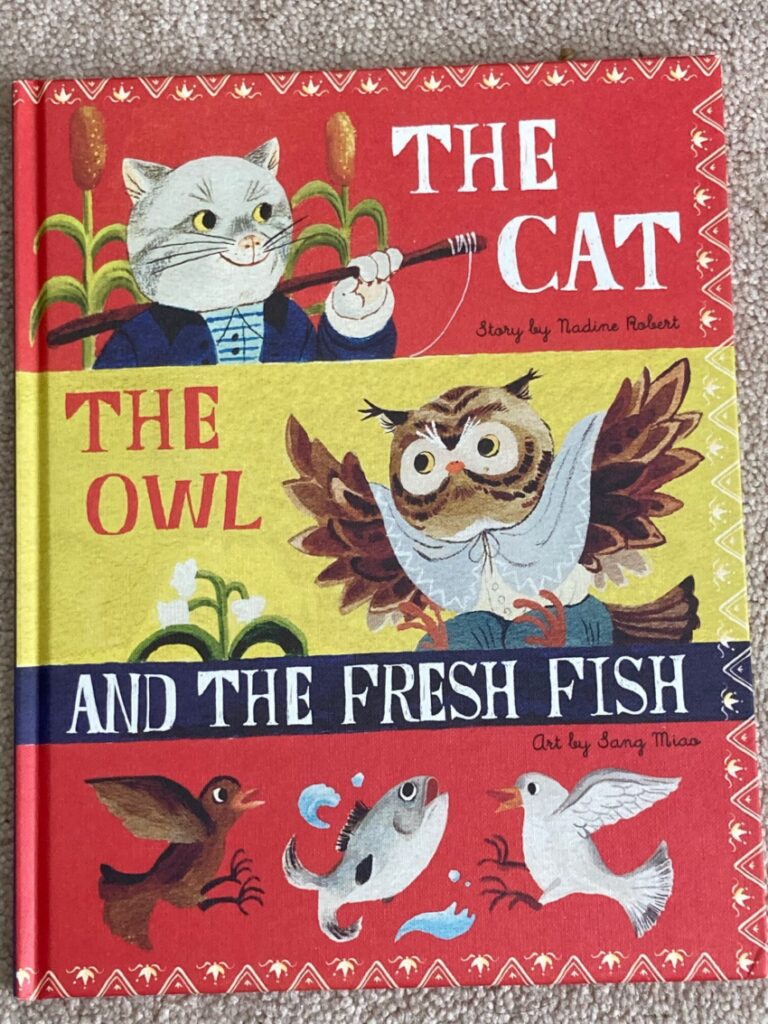


 Facebook
Facebook Twitter
Twitter Flickr
Flickr GooglePlus
GooglePlus Youtube
Youtube